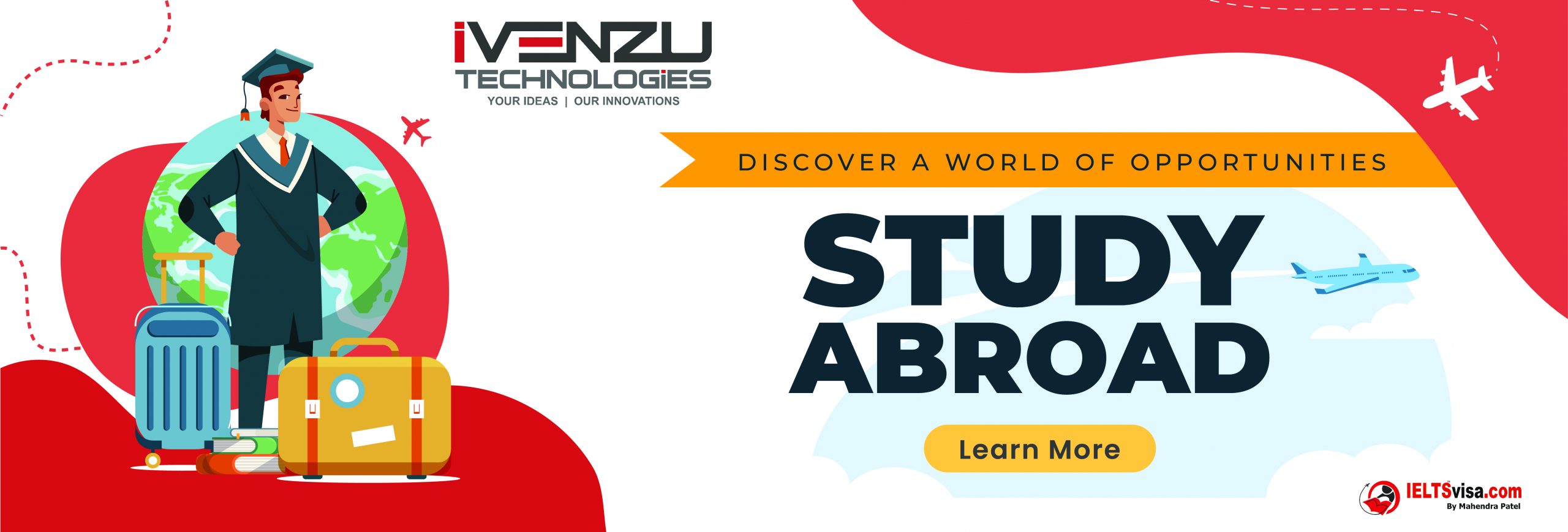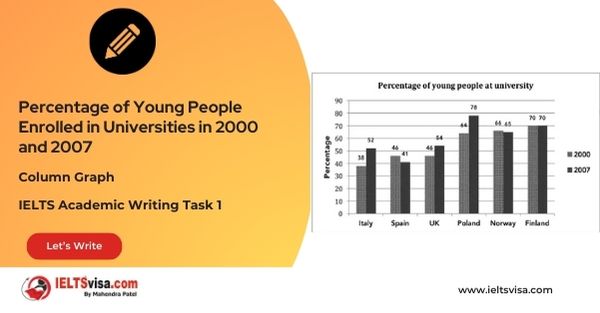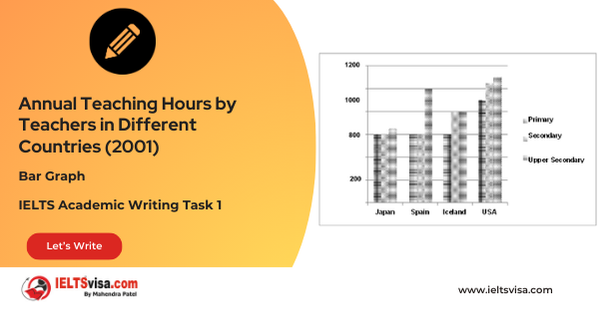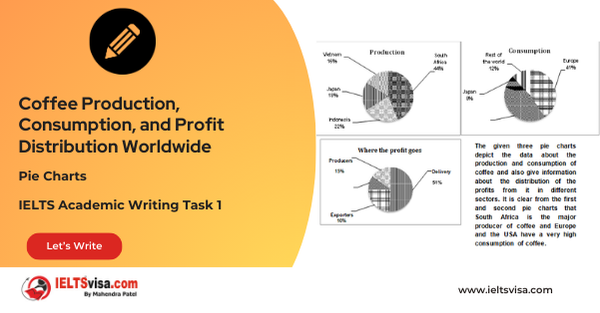The fishing industry in a European country according to four indicators
IELTS Academic Writing Task 1 - Tables

IELTS Writing Task 1 Question
The graph below shows the fishing industry in a European country according to four indicators. Summarise the information by selecting and reporting the main features and make comparisons where relevant.

Common Questions for the Table
1. Graph Type: Table
2. Title: Fishing Industry Indicators in a European Country
3. What are the units of measurement?: Number of employees, annual catch in tonnes, annual pay in GBP, fuel consumption in tonnes
4. Who: Employees of big-scale industrial ships and small-scale fishing boats
5. When: Not specified (data snapshot)
6. Where: A European country
7. Topic: Employment, catch volume, financials, and fuel consumption in the fishing industry
Comparison Showing and Trends Any change over time (such as an increase or a decrease) is a trend.
Comparison 1 : Employment Numbers
- Details:
1. Small-scale fishing boats employ 120 million people compared to 500,000 in big-scale ships.
2. The workforce in small-scale boats significantly outnumbers that of big-scale ships.
Comparison 2 : Annual Catch
- Details:
1. Big-scale ships have an annual catch of 29 million tonnes, surpassing the 24 million tonnes from small boats.
2. There is no annual catch for industrial processing from small boats, whereas big ships contribute 22 million tonnes for industrial processes.
Sample Answer
The given table presents information about the fishing industry in a European country, comparing large industrial ships and small-scale fishing boats across four indicators. It is evident that while small-scale fishing employs a significantly larger workforce, its annual catch is lower than that of industrial ships.
In terms of employment, small-scale fishing boats engage around 120 million workers, starkly contrasting with the 500,000 employees of big-scale ships. However, the annual catch from big ships is 29 million tonnes, exceeding the 24 million tonnes caught by small boats. Additionally, big ships also contribute 22 million tonnes for industrial processing, while small boats have no recorded catch for this purpose.
Financially, employees on small boats earn considerably less, with salaries ranging from £200 to £3,000, in contrast to £25,000 to £350,000 for those on big ships. Fuel consumption also varies greatly, with big vessels consuming 65,000 tonnes of fuel compared to just 8,500 tonnes for small vessels.
Overall, small-scale fishing is labour-intensive with lower financial costs, while big-scale fishing is more productive in terms of catch volume.
Top 27 Vocabularies
| Vocabulary | Type | Meaning | Synonyms | Examples |
| Employment | Noun | The state of having a job | Occupation, job | “Small-scale fishing employs around 120 million workers.” |
| Annual catch | Noun | The total amount of fish caught in a year | Yearly yield | “Big ships have an annual catch of 29 million tonnes.” |
| Financial costs | Noun | The expenses associated with operations | Economic expenditure | “Small boats have lower financial costs compared to big ships.” |
| Fuel consumption | Noun | The amount of fuel used in operations | Fuel usage | “Big vessels consume 65,000 tonnes of fuel annually.” |
| Industrial processing | Noun | The conversion of raw materials into finished goods | Manufacturing | “Big ships contribute to 22 million tonnes for industrial processing.” |
| Workforce | Noun | The total number of workers employed in a sector | Employees, Labor force | “Small-scale fishing employs a much larger workforce than industrial ships.” |
| Engage | Verb | To involve or hire people for work | Employ, Recruit | “Small boats engage around 120 million workers annually.” |
| Exceeding | Verb | Going beyond a limit or expectation | Surpassing, Outstripping | “The annual catch of big ships is exceeding that of small boats.” |
| Contribute | Verb | To give or supply as part of a larger whole | Provide, Add | “Big ships contribute significantly to industrial processing.” |
| Recorded | Verb | To document or register | Documented, Registered | “Small boats have no recorded catch for industrial processing.” |
| Contrast | Verb/Noun | To compare in a way that shows differences | Differ, Compare | “The small-scale fishing workforce contrasts sharply with that of big ships.” |
| Considerably | Adverb | To a large degree or extent | Significantly, Substantially | “Employees on small boats earn considerably less than those on big ships.” |
| Fuel consumption | Noun | The amount of fuel used by machinery or vehicles | Fuel usage, Energy consumption | “Big vessels have much higher fuel consumption than small boats.” |
| Vessels | Noun | Large boats or ships used for fishing or transport | Ships, Boats | “Large vessels consume 65,000 tonnes of fuel annually.” |
| Labour-intensive | Adjective | Requiring a large amount of work or manual effort | Work-heavy, Manual | “Small-scale fishing is a labour-intensive industry.” |
| Financially | Adverb | In terms of money or financial matters | Economically, Monetarily | “Financially, big ships are more profitable than small boats.” |
| Volume | Noun | The amount or quantity of something | Amount, Magnitude | “Big-scale fishing is more productive in terms of catch volume.” |
| Expenditure | Noun | The action of spending funds or resources | Spending, Outlay | “Small-scale fishing has lower operational expenditure.” |
| Range | Noun/Verb | A set of different things or a span of values | Spectrum, Scale | “Salaries for small boat employees range from £200 to £3,000.” |
| Operations | Noun | The activities involved in a business or system | Activities, Procedures | “The operations of big ships require large quantities of fuel.” |
| Salaries | Noun | Regular payments made to employees for their work | Wages, Pay | “Employees on big ships receive much higher salaries than those on small boats.” |
| Tonnes | Noun | A metric unit of weight, equal to 1,000 kilograms | Kiloton, Metric tons | “The big ships caught 29 million tonnes of fish in a year.” |
| Contrast | Noun | A difference or disparity between two things | Disparity, Difference | “There is a clear contrast in salaries between small and big boats.” |
| Employ | Verb | To hire someone to do a job | Hire, Recruit | “Big ships employ a much smaller number of workers compared to small boats.” |
| Significantly | Adverb | In a noticeable or meaningful way | Markedly, Substantially | “The annual catch of big ships is significantly higher than small boats.” |
| Sector | Noun | An area or subdivision of a larger whole | Industry, Field | “The fishing sector employs millions globally.” |
| Productive | Adjective | Yielding positive or useful results | Efficient, Fruitful | “Big-scale fishing is more productive than small-scale fishing.” |

Our Books
Master IELTS Speaking Part 1
IELTS Writing Task 1 Book
IELTS Writing Task 2 Book
Writing Task 1 Question Types
Practice IELTS Other Modules
IELTS Listening
The IELTS Listening test assesses how well you can understand spoken English in various contexts. It lasts about 30 minutes and is divided into four sections with a total of 40 questions. The listening tasks become increasingly difficult as the test progresses.
IELTS Academic Reading
The IELTS Academic Reading section assesses your ability to understand and interpret a variety of texts in academic settings. It is designed to evaluate a range of reading skills, including skimming for gist, reading for main ideas, reading for detail, understanding inferences, and recognizing a writer's opinions and arguments.
IELTS Speaking
The IELTS Speaking test assesses your ability to communicate in English on everyday topics. It lasts 11-14 minutes and consists of three parts: introduction, cue card, and a discussion based on the cue card topic.
IELTS General Reading
IELTS General Reading tests your ability to understand and interpret various types of texts. Here are some key areas and types of content you can expect to encounter in the reading section, along with tips for effective preparation.
IELTS Academic Writing Task 1
In IELTS Academic Writing Task 1, you are presented with a visual representation of information, such as graphs, charts, tables, or diagrams, and you are required to summarize, compare, or explain the data in your own words.
IELTS General Writing Task 1
In IELTS General Writing Task 1, you are required to write a letter based on a given situation. The letter can be formal, semi-formal, or informal, depending on the prompt. Here’s a breakdown of the key components to include in your letter
IELTS Academic Writing Task 2
In IELTS Academic Writing Task 2, you are required to write an essay in response to a question or topic. Here’s a guide to help you understand the essential elements of this task
IELTS Exam Tips
To succeed in the IELTS exam, practice regularly, familiarize yourself with the test format, improve your vocabulary, develop time management skills, and take mock tests to build confidence.
Grammer for IELTS
Grammar is the foundation of effective communication in English. Understanding tense usage, subject-verb agreement, and sentence structure enhances clarity and coherence in writing and speaking.
Vocabulary for IELTS
Vocabulary plays a crucial role in the IELTS (International English Language Testing System) exam, especially in the Speaking and Writing sections. Here’s an overview of why vocabulary is important and how it impacts your performance
RECENT IELTS SAMPLES QUESTIONS AND ANSWERS
Task 1 – Column graph – Percentage of Young People Enrolled in Universities in 2000 and 2007.
20:00 Start Pause Stop [df_adh_heading title_infix="IELTS Writing Task 1 Question" use_divider="on"...
Task 1 – Bar Graph – Annual Teaching Hours by Teachers in Different Countries (2001)
20:00 Start Pause Stop [df_adh_heading title_infix="IELTS Writing Task 1 Question" use_divider="on"...
Task 1 – Pie Charts – Coffee Production, Consumption, and Profit Distribution Worldwide
20:00 Start Pause Stop [df_adh_heading title_infix="IELTS Writing Task 1 Question" use_divider="on"...
Task 1 – Column graph – Types of Transport Used by Tourists Visiting New Zealand from Five Countries in 2004.
20:00 Start Pause Stop [df_adh_heading title_infix="IELTS Writing Task 1 Question" use_divider="on"...
Task 1 – Bar and Pie Chart Combination – Employment Types in 1998 and 2001
20:00 Start Pause Stop [df_adh_heading title_infix="IELTS Writing Task 1 Question" use_divider="on"...
Task 1 – Diagram – Comparison of Stone Tool Development Over Time
20:00 Start Pause Stop [df_adh_heading title_infix="IELTS Writing Task 1 Question" use_divider="on"...













